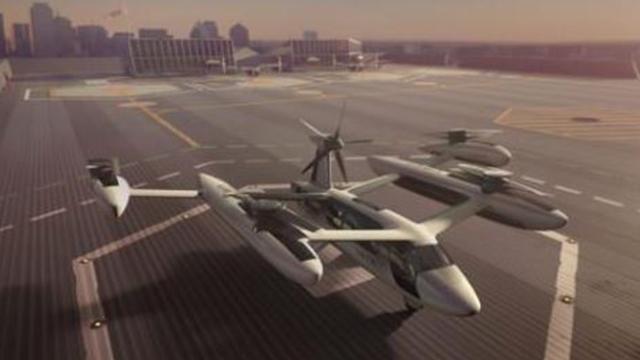During its annual conference, Uber Elevate Summit in Los Angeles the transportation network company signed the second Space Act Agreement with NASA aiming to develop working aircraft prototypes capable to simulate urban air mobility (UAM) service. Under the agreement, Uber will provide the space agency with design details and data for its planned flying taxi service, which the agency will then use to simulate regular flights by small passenger-carrying aircraft from Dallas downtown to Fort Worth airport.
As reported by The Verge, the new form of urban transport will be a hybrid between a fixed-wing aircraft and a helicopter.
Once ready to make its maiden flights, the innovative means of urban transport will have its beta testing conducted in Los Angeles and Dallas.
Planned simulations of the new service
Jaiwon Shin, associate administrator for NASA’s Aeronautics Research Mission Directorate is quoted as saying that partnering with Uber will enable the agency to identify the key challenges facing the UAM market. According to the deal, the company and the US Army’s research lab expect to spend a combined total of $1,000,000 in funding for the planned research, with funds to be divided equally between both parties. Planned simulations of the new service within the city airspace during peak scheduled air traffic will be instrumental in helping Uber figure how its proposed air taxi would fit in with the hundreds of aircraft already flying above Dallas on a daily basis.
Earlier it was reported that Uber is preparing to submit for certification a working prototype of a flying vehicle by 2020, which may be first shown off at the next World Expo in Dubai.
Quad-copter-like electric air taxi with wings and tail rotor
As detailed by Dezeen, the proposed electric vertical take-off and landing vehicle (eVTOL) air taxi concept presented at the event features on its wings four quad-copter-like horizontally co-rotating propellers, which can be folded after landing. The fifth rotor in the tail will provide thrust to facilitate forward propulsion. The air taxi will be fully electric and is designed to fly at an altitude between 300-400 metres. As the new aircraft will be fully electric and will rely on multiple small rotors in place of a more conventional single large one, Uber claims that it will be significantly quieter in operation than conventional helicopters, as well as being more energy efficient.
Another feature crucial in the densely packed urban environment is that in event of failure of any one of four horizontal rotors, the remaining three will continue to operate to ensure a safe landing. The San Francisco based company envisages in its concept that most of the prospective landing sites will be located on the roofs of high-rise buildings, whereas each of them will have an average daily capacity of two hundred take-offs and landings. Uber expects its new transport to reduce the downtown travel time from 30 to just 5 minutes. The new eVTOL vehicles will become the backbone of the "world's first urban aviation rideshare network", which Uber promises to be fully operational by 2023.
![Uber flying taxi [Image credit: Uber] Uber flying taxi [Image credit: Uber]](https://staticr1.blastingcdn.com/media/photogallery/2018/5/12/660x290/b_502x220x82/uber-flying-taxi-image-credit-uber_1984743.jpg)



